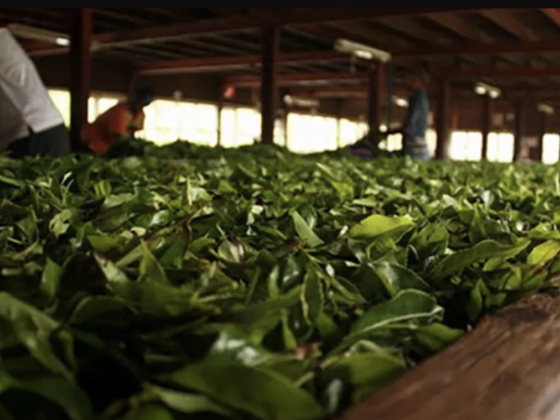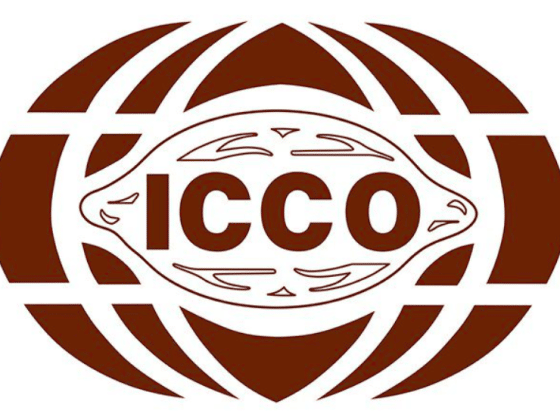The Starbucks store on Solano Avenue in Berkeley is filled with people nursing coffees and clicking their computer keyboards.
Tanya Olander is one of them. Having found a comfortable seat, she fires up her laptop, taps into the cafe’s free Wi-Fi and starts designing a client’s website. The 42-year-old said she camps out at a coffee shop about three times a week, for four hours a day, to use it as a work space. She prefers the cafe vibe to the solitude of home.
«I like the company of other people,» she said as a coffee grinder whirred. «Coffeehouses have an office environment. At home I have all kinds of distractions. Here, I have a little bit of life around me, but I can get a lot done.»
And buying a couple of lattes during her stay is a heck of a lot cheaper than renting office space.
Starbucks has made its cafes virtual workplaces, using free wireless access to draw customers. But many smaller, independent coffeehouse and restaurant owners have found doing the same has hurt their businesses. Wi-Fi squatters, they say, tend to feast on free wireless instead of food and beverages, and often drive paying customers away. But if they don’t offer some sort of Wi-Fi access, many smaller coffeehouse owners fear they’ll lose customers to competitors like Starbucks. So shops are working on creative ways to turn tables over while still offering a hospitable environment for wireless users. Some require access codes, enforce time limits or charge for wireless use.
Still others, though, have shut off the Wi-Fi entirely.
Reserve tables
When Luigi Di Ruocco opened Coffee Bar in 2007 at the corner of Mariposa and Florida streets in San Francisco, he wanted the cafe to be a destination and an attractive place for tech-savvy patrons to hang out. Unfortunately, he made it a little too attractive.
«One of the unforeseen problems was that people stayed a really long time and others who came in couldn’t find seats,» he said. «As a business owner, it broke my heart to turn away business. But at the same time I couldn’t chase off the existing patrons because they might not come back.»
Di Ruocco toyed with a number of solutions, including charging for the Wi-Fi, or giving it away for just an hour at a time. Ultimately, he decided on restricting access. From noon to 2 p.m. each day, about 20 of the cafe’s 65 seats are at express tables with 30-minute time limits and reserved for noncomputer users. The result? Di Ruocco says sales have increased by 15 to 20 percent.
«We unclogged the clog,» he said. «We made it work for the office workers in the area who wanted to grab a quick lunch. Now they can actually get a table.
«If we knew 800 to 900 people were going to walk in our door every day, we might do away with the wireless altogether. But we’re not that kind of place.»
At the venerable Caffe Trieste in North Beach, which was a wireless holdout for many years, there’s a code required for access.
«We change it every day,» said Paul Bracco, the cafe’s roast master. «This way a customer has to ask for it — and has to buy something to get it.»
The code provides access for the entire day, but some patrons still complain about having to use one, he said.
«We’re an old-fashioned cafe,» Bracco said. «We were the last one to go Wi-Fi. But we were losing business so we had to do it. We have people come in and stay for hours — like this is their living room. We can’t ask them to leave and just hope that they’ll be courteous.»
«Courteous» means different things to different proprietors. Some said they would appreciate it if those parked at tables would merely make way for new customers. For most, basic etiquette means spending a reasonable amount of cash during a stay of more than a couple hours.
«They should at least buy something every hour, or every other hour,» Di Ruocco said.
Wi-Fi camper Olander said she might spend $20 to $25 a day on coffee, snacks and lunch for the advantage of making an independently owned coffeehouse her office.
Source: sfgate.com/restaurants/article/Coffee-shops-limit-perks-to-move-Wi-Fi-squatters-4722190.php









